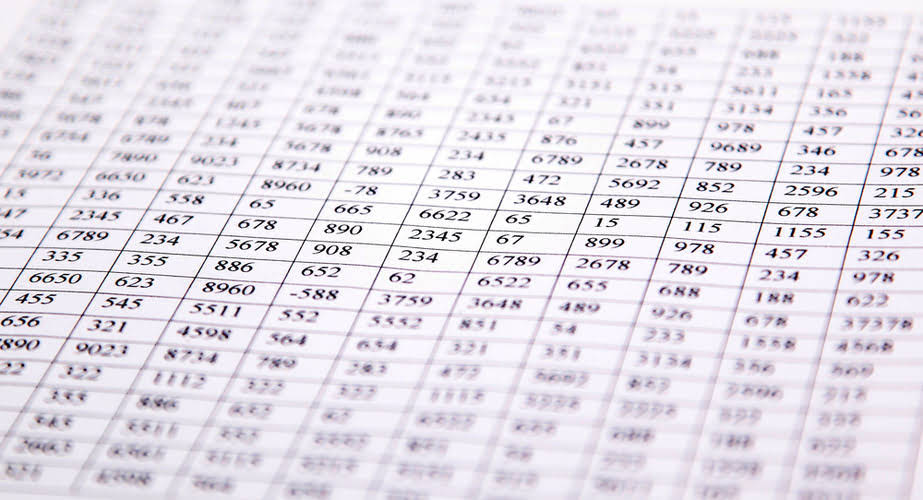
Although average debt ratios vary widely by industry, if you have a debt ratio of 40% or lower, you’re probably in the clear. normal balance If you have a debt ratio of 60% or higher, investors and lenders might see that as a sign that your business has too much debt. Generally speaking, the lower the debt ratio for your business, the less leveraged it is and the more capable it is of paying off its debts. The higher it is, the more leveraged it is, and the more liability risk it has.
How to Calculate Retained Earnings (Formula and Examples)
Many businesses take out liability insurance in case a which of the following is liability account? customer or employee sues them for negligence. Get free guides, articles, tools and calculators to help you navigate the financial side of your business with ease. For the past 52 years, Harold Averkamp (CPA, MBA) hasworked as an accounting supervisor, manager, consultant, university instructor, and innovator in teaching accounting online.

Importance of Liabilities for Small Businesses
- As long as you haven’t made any mistakes in your bookkeeping, your liabilities should all be waiting for you on your balance sheet.
- Bench simplifies your small business accounting by combining intuitive software that automates the busywork with real, professional human support.
- Debt itself is unavoidable, especially if you’re in a growth phase—but you want to ensure that it stays manageable.
- This obligation to pay is referred to as payments on account or accounts payable.
- If you’ve promised to pay someone a sum of money in the future and haven’t paid them yet, that’s a liability.
Your loan is a liability if you borrow money to purchase a car. The portion of the vehicle that you’ve already paid for is an asset. Financial liabilities can be either long-term or short-term depending on whether you’ll be paying them off within a year.

How Are Current Liabilities Different From Long-Term Non-Current Ones?
Let’s look at a historical example using AT&T’s (T) 2020 balance sheet. The current/short-term liabilities are separated from long-term/non-current liabilities. Assets are what a company owns or something that’s owed to the company. They include tangible items such as buildings, machinery, and equipment as well as intangibles such as accounts receivable, interest owed, patents, or intellectual property. Companies of all sizes finance part of their ongoing long-term operations by issuing bonds that are essentially loans from each party that purchases the bonds. This line item is in constant flux as bonds are issued, mature, or called back by the issuer.
- Most state laws also allow creditors the ability to force debtors to sell assets in order to raise enough cash to pay off their debts.
- This can range from money owed to suppliers, as in accounts payable, to long-term commitments like mortgage payable or bonds issued.
- Current liabilities are debts that you have to pay back within the next 12 months.
- The outstanding money that the restaurant owes to its wine supplier is considered a liability.
- Liabilities are the obligations and debts that a company owes.
Examples Of Liabilities
- It shows investors and analysts whether a company has enough current assets on its balance sheet to satisfy or pay off its current debt and other payables.
- The company’s accountants record a $1 million debit entry to the audit expense account and a $1 million credit entry to the other current liabilities account.
- It invoices the restaurant for the purchase to streamline the drop-off and make paying easier for the restaurant.
- Bonds are essentially contracts to pay the bondholders the face amount plus interest on the maturity date.
- Many first-time entrepreneurs are wary of debt, but for a business, having manageable debt has benefits as long as you don’t exceed your limits.
- Liability may also refer to the legal liability of a business or individual.
Liabilities are a vital aspect of a company because they’re used to finance operations and pay for large expansions. They https://www.bookstime.com/ can also make transactions between businesses more efficient. A wine supplier typically doesn’t demand payment when it sells a case of wine to a restaurant and delivers the goods. It invoices the restaurant for the purchase to streamline the drop-off and make paying easier for the restaurant. Different types of liabilities are listed under each category, in order from shortest to longest term. Accounts payable would be a line item under current liabilities while a mortgage payable would be listed under long-term liabilities.
- Liabilities and equity are listed on the right side or bottom half of a balance sheet.
- When a payment of $1 million is made, the company’s accountant makes a $1 million debit entry to the other current liabilities account and a $1 million credit to the cash account.
- After almost a decade of experience in public accounting, he created MyAccountingCourse.com to help people learn accounting & finance, pass the CPA exam, and start their career.
- The current ratio measures a company’s ability to pay its short-term financial debts or obligations.
Our team is ready to learn about your business and guide you to the right solution. Shaun Conrad is a Certified Public Accountant and CPA exam expert with a passion for teaching. After almost a decade of experience in public accounting, he created MyAccountingCourse.com to help people learn accounting & finance, pass the CPA exam, and start their career. Try FreshBooks for free by signing up today and getting started on your path to financial health. A liability is anything you owe to another individual or an entity such as a lender or tax authority. The term can also refer to a legal obligation or an action you’re obligated to take.


The balances in liability accounts are nearly always credit balances and will be reported on the balance sheet as either current liabilities or noncurrent (or long-term) liabilities. You can calculate your total liabilities by adding your short-term and long-term debts. You should also include any probable contingent liabilities.